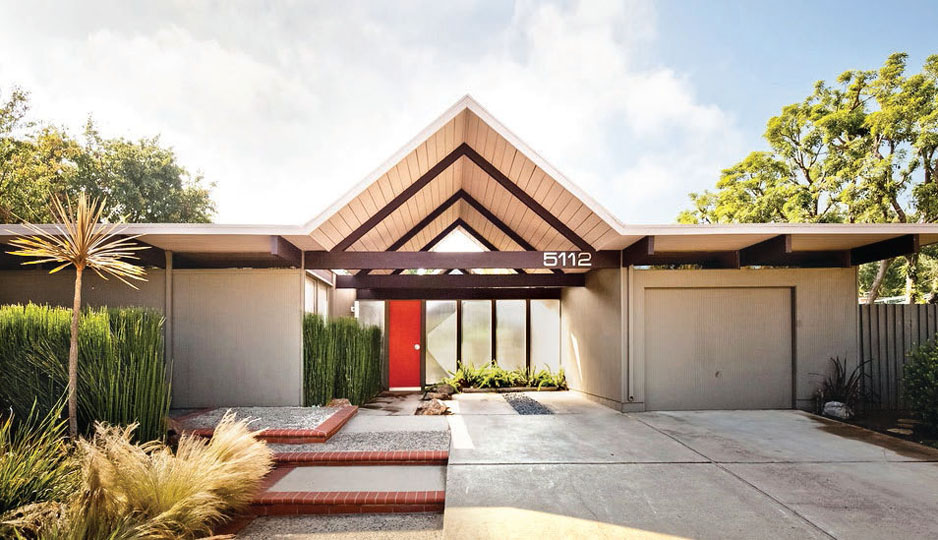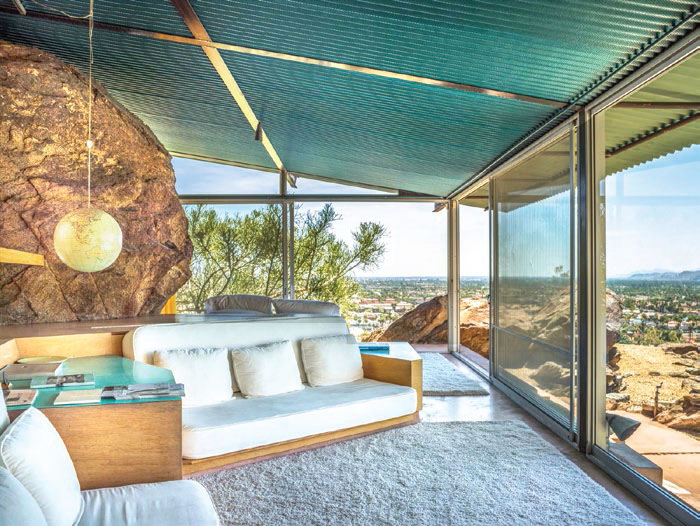Telling Tales - Page 2
 |
Daniels, a photographer in her 40s who is making a name for herself, is on a mission of her own: "I'm trying to shoot as many historic houses as I can," she says.
She does work for architects, but prefers to photograph homes and other buildings on her own, often selling the photos to magazines. Her goal, she says, is "to keep having peak experiences shooting architecture."
"I enter a space and I feel it out, and I try to catch angles that tell the story of the language an architect is using. It's almost like reading a book. It's like music too. All the different shapes have to work together," she says.
"When you walk into a space, sometimes you get a feeling and you don't know why you get that feeling. I'm trying to decipher the language. How did they do it?"
"The first Frank Lloyd Wright house I shot, I was totally overwhelmed," she says. "I was so confused. I felt panicky. I couldn't see the language, how the language fit together."
 |
|
|
 |
But when Daniels got to Wright's Hollyhock House in Los Angeles, she got it. "I remember walking in being scared that I would mess up. But the door was so inviting and easy to shoot that it calmed me down. Really, it is like a Mayan temple, especially on the roof."
"The Salk Institute," she says of the 1959 La Jolla structure, "I spent all day there. I took my shoes off. I could feel the stone cool down on my feet [as the day came to an end]. I was alone in the Louis Kahn building. I've had religious experiences in these buildings."
Joe Fletcher, 45, a Londoner who lives in Oakland and largely focuses on homes, often for Dwell magazine, says his job is not to interpret architecture. "I'm there to present someone else's work, the combination of the architect's work and the natural environment," he says.
"I'm not interpreting the architecture, but presenting what the architecture is. It presents itself to you, and you have to be open to that."
"I'm doing architectural photography because I hope my photographs at their best have some emotion to them. The photos I enjoy most that I've taken evoke the time of the year, almost like a haiku. They evoke the season, the time of the day, the ephemerality of that moment," Fletcher says.
 |
|
|
Photographers generally go to a shoot with a list of required shots from the architect or their editor. They can shoot others too. And how they frame an image is a personal decision.
"Every image is like a puzzle," Bradley says. "You've got different elements you're trying to understand. What are you trying to capture? What is the room trying to say? What is the story?
"You have to capture a shot that tells a story about the place and makes it obvious to the viewer. You have to identify that theme, and find a way to shoot it that emphasizes that theme."
"Plenty of times they give me a shot list," he says of his clients. "I'll take those photos, but I'll take my own too, and they end up using mine."




